If you are living in New Jersey, a significant portion of the state’s boundaries are touched by the Atlantic Ocean, where one can quickly arrive at the closest shore within an hour’s reach. The only issue is that the New Jersey coast is just not that attractive…. long strips of sandy beaches with not so blue waters. Unless you have a summer home in one of Jersey’s many shore communities, a day or weekend trip can be a reasonable getaway, especially during the pandemic. I do remember as a teenager and college youth having some amazing times at the Jersey shore.
There are several coastal communities that have a wonderful historic vibe or scenery worthy of visiting throughout most of the year (Atlantic City is not one of them unless you like to gamble). One that I love is the historic town of Cape May, which I recently visited with my sister. During our time there the city kept to a rigorous code of both social distancing and wearing masks that everyone respected.
Cape May has the second-largest concentration of Victorian homes in the east coast second only to San Francisco. It is also one of the oldest summer resorts in the United States. The city takes it’s historical district designation very seriously as the only city in the USA that is entirely recognized as a National Historic Landmark due primarily to its concentration of Victorian buildings. These structures are charmingly preserved, colorful, and beautifully landscaped with many restored into B&Bs, boutique stores, art galleries, and restaurants. My architectural preferences are Queen Anne and the Italianate styles, but there are plenty of other, including bungalows, as you will see in my photos.
You can easily take a trolley, horse carriage, bike, or walk to the downtown and beach area. We took the trolley that offers a history of what life was like as far back as 100 years ago. To my surprise, there was once a thriving segregated African American neighborhood representing 30% of the city that was gradually removed through Urban Renewal. Today, Cape May’s African American community is less than 3% yet the city has taken a significant step to recognize and pay tribute to this historic neighborhood. It offers an African American Heritage Walking Tour and its restoring (still under construction) one of four formerly Black-owned buildings in this neighborhood to serve as the Harriet Tubman Museum. The museum’s goal will be to educate the community and visitors about abolitionist activism, the Underground Railroad, and the history of African Americans living in NJ southern coastal towns. Harriet Tubman lived a short time in Cape May, which also served as an important destination for fugitive enslaved people to escape from the south as part of the Underground Railroad.
The Tubman Museum is supported by tax-deductible contributions, which may be sent to the Harriet Tubman Museum, P.O. Box 2385, Cape May, N.J. 08204. For more information, go to http://bit.ly/TubmanMuseum, a worthy and laudable cause.
For those who love architecture and the furnishings and decoration of the past do take the time to tour the splendidly restored 1879 Emlen Physick Estate on what Victorian living was like. The furniture, wallpaper, lighting, carpets— everything has been restored to that period of high-class living belonging to a wealthy bachelor who lived with his mother until both passed. (I guess he was not the marrying type).
Before the tour, we made it to the Cape May lighthouse located at the state park, close to a bird sanctuary that attracts over 400 birds just to take a walk in the area and to check out the beach. The Cape May area is also known for its wineries and farms. We were hoping to make it the Cape May Winery and Vineyard for a wine tasting, but it was getting late. For now, no worries, this coastal town is just as active through most of the fall and winter seasons if you are looking for a day or weekend trip.
Photos are of the town’s landmarks, the beach, architecture, and some of the Emlen Physick Estate furnishings.
Click the center of the photo to see the full view.
“For more stories and photos like these, please click here to subscribe!“






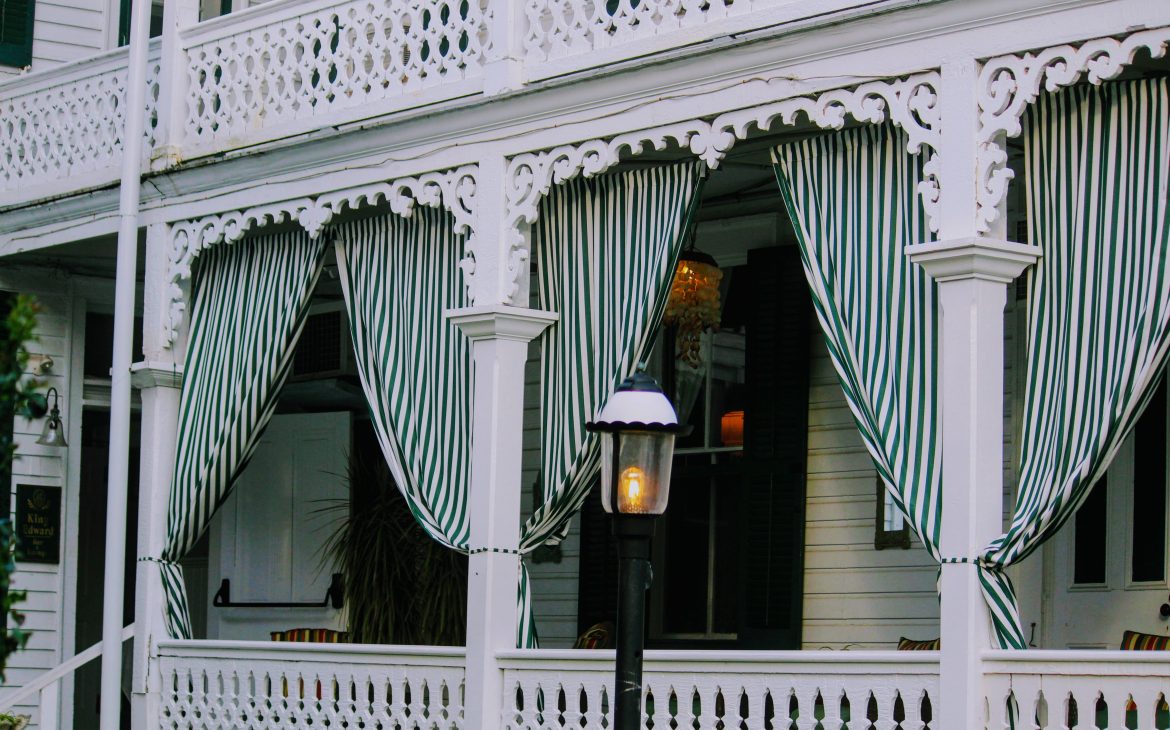
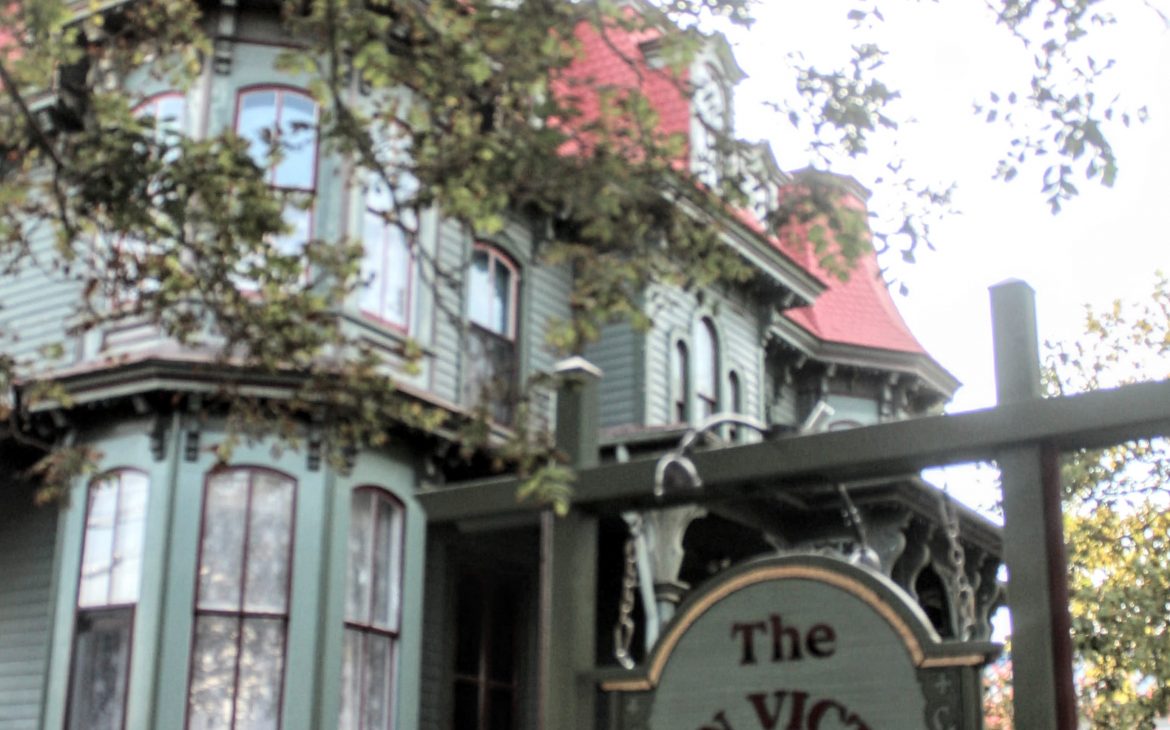
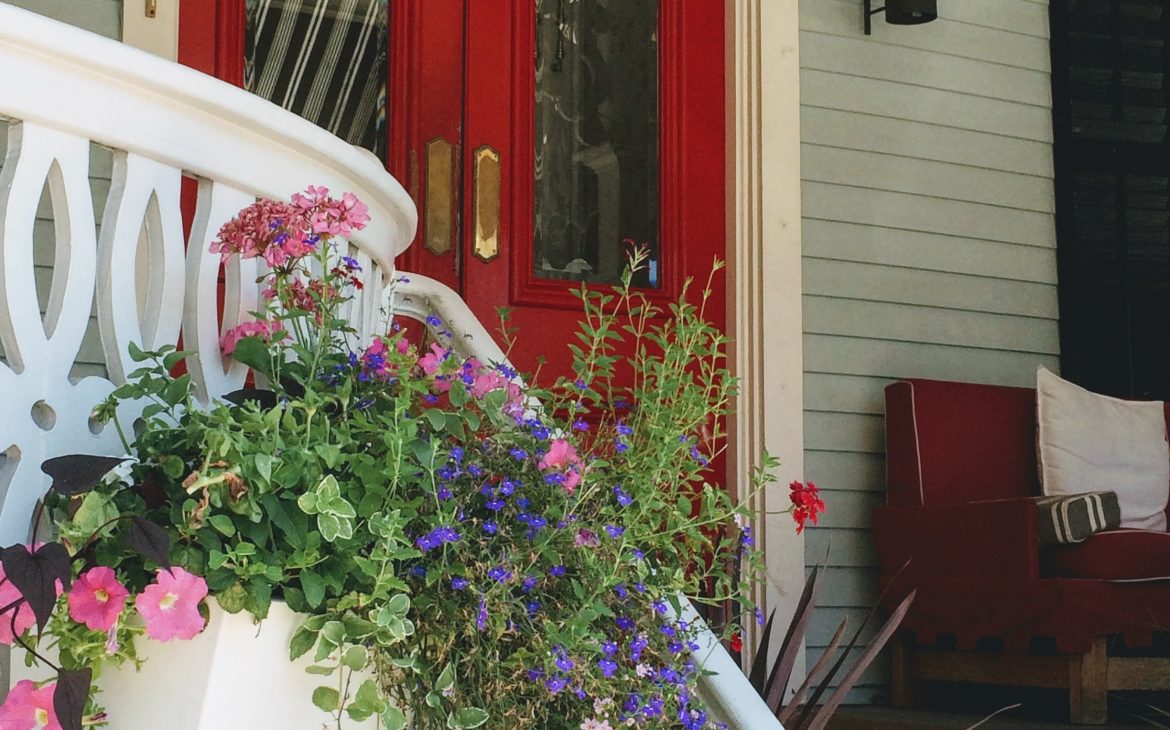
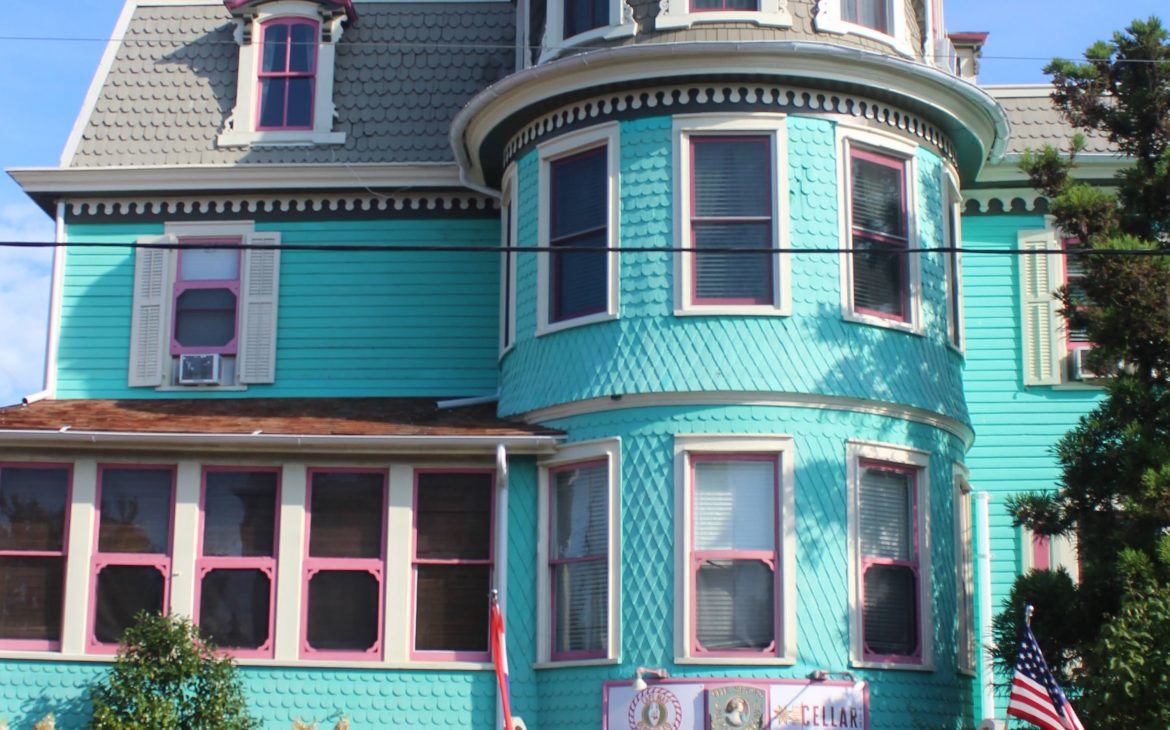
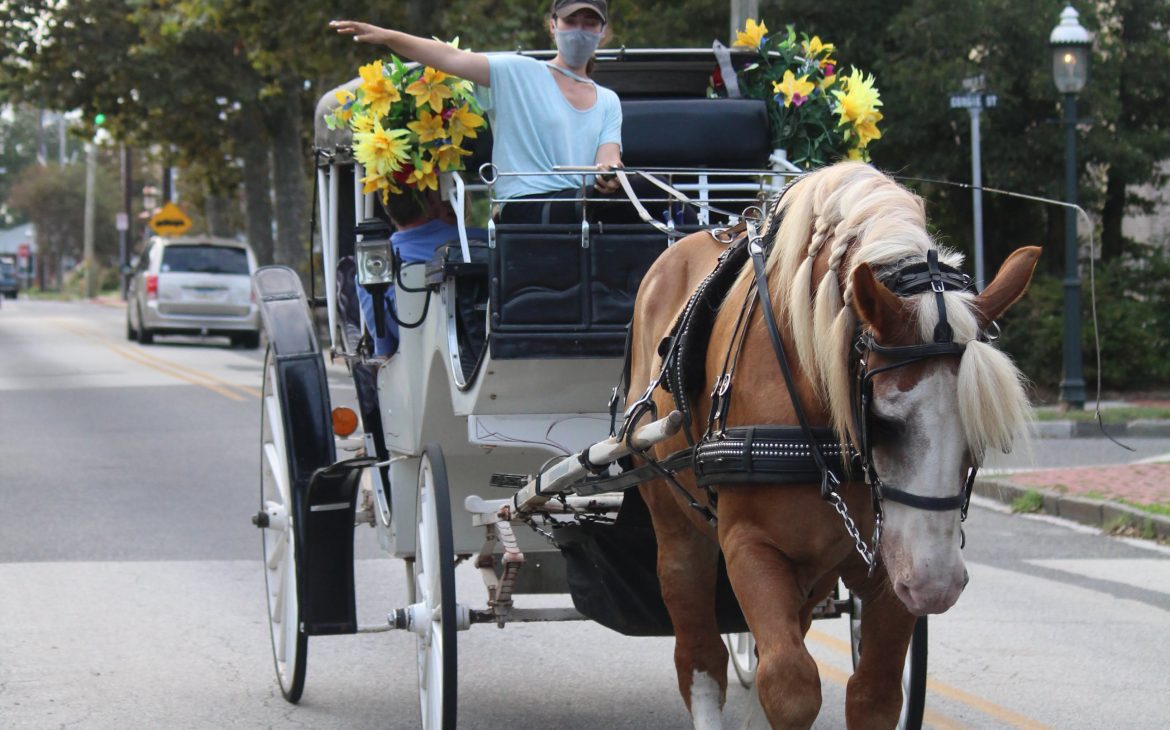
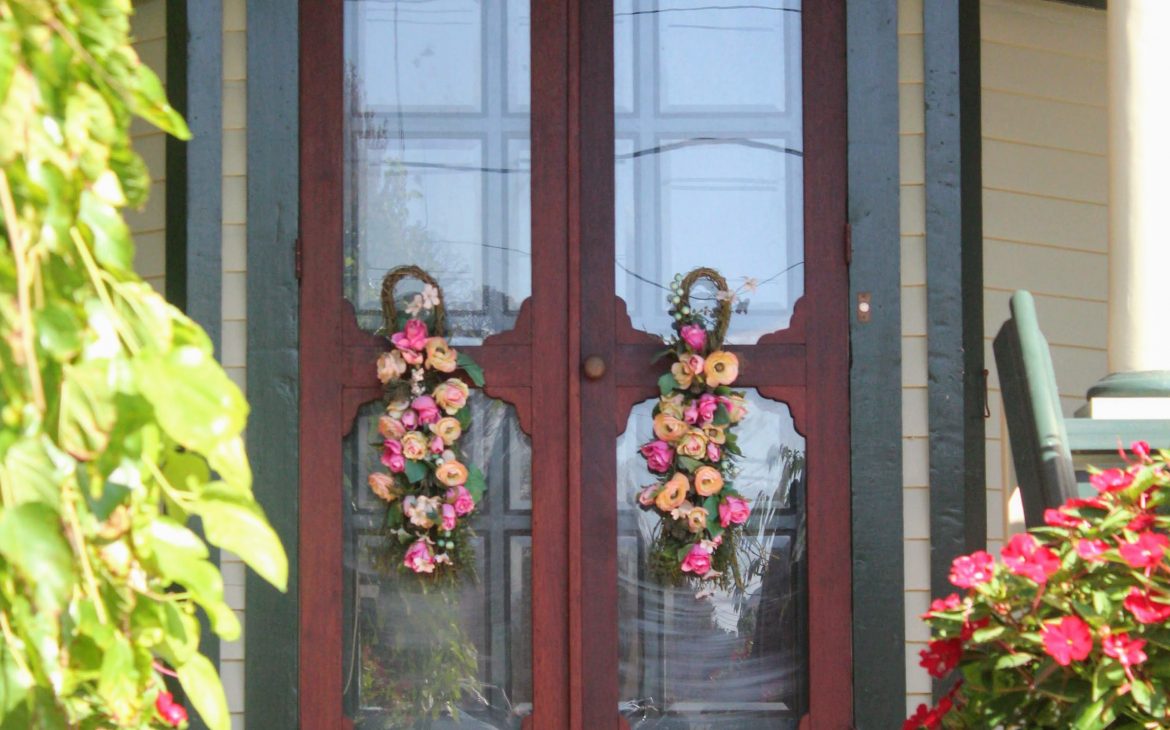
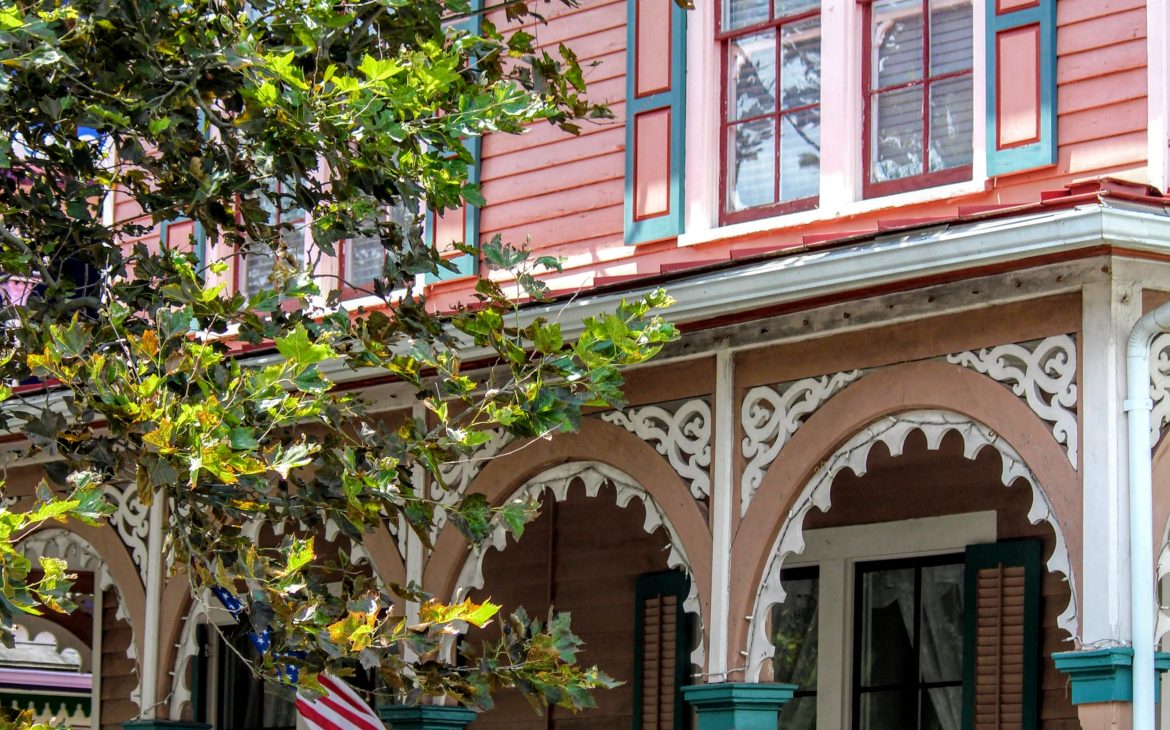
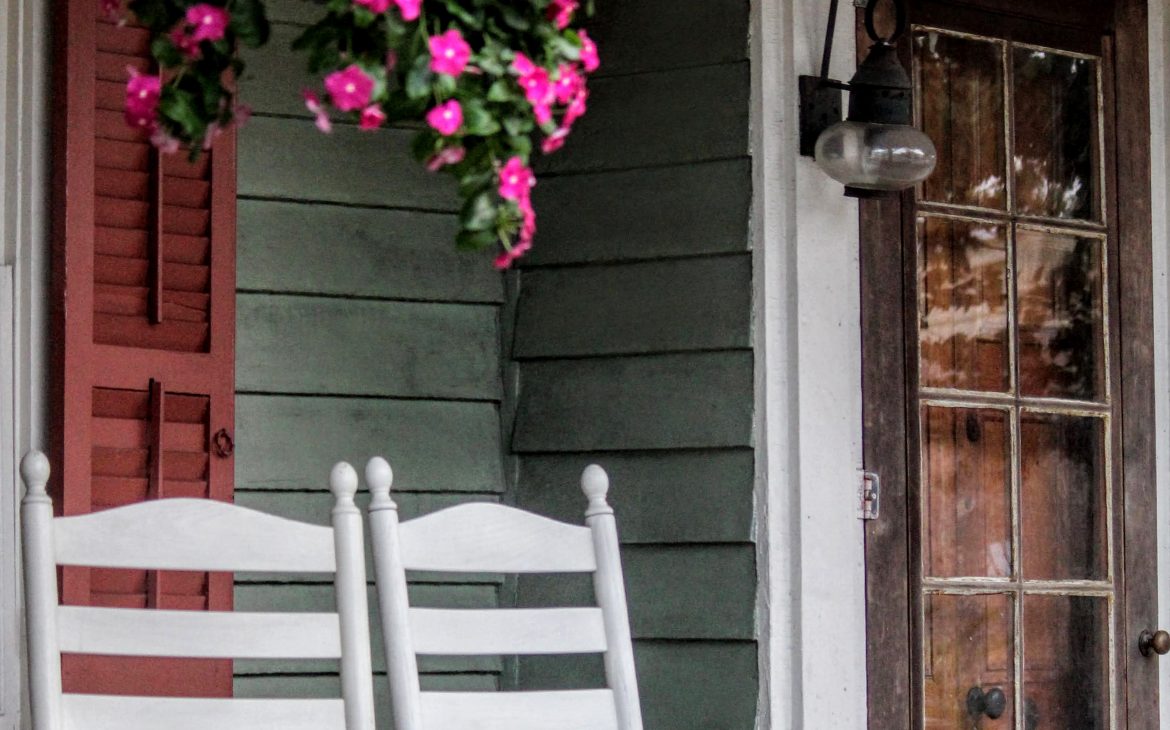
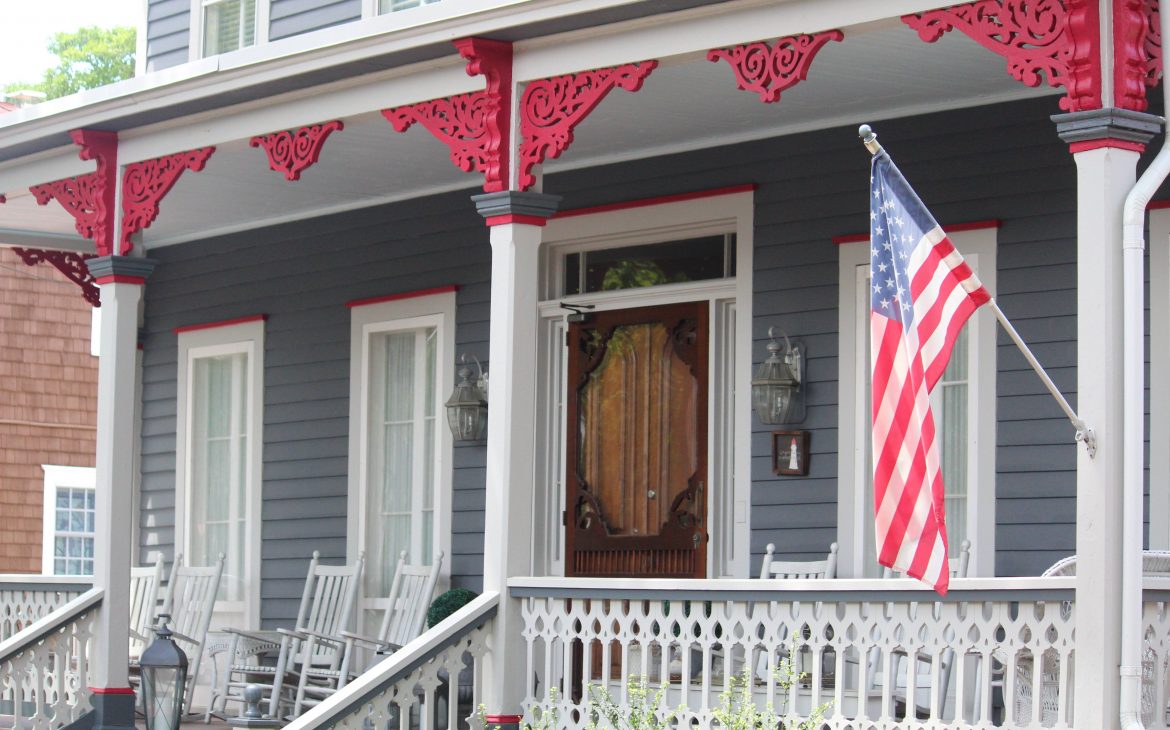
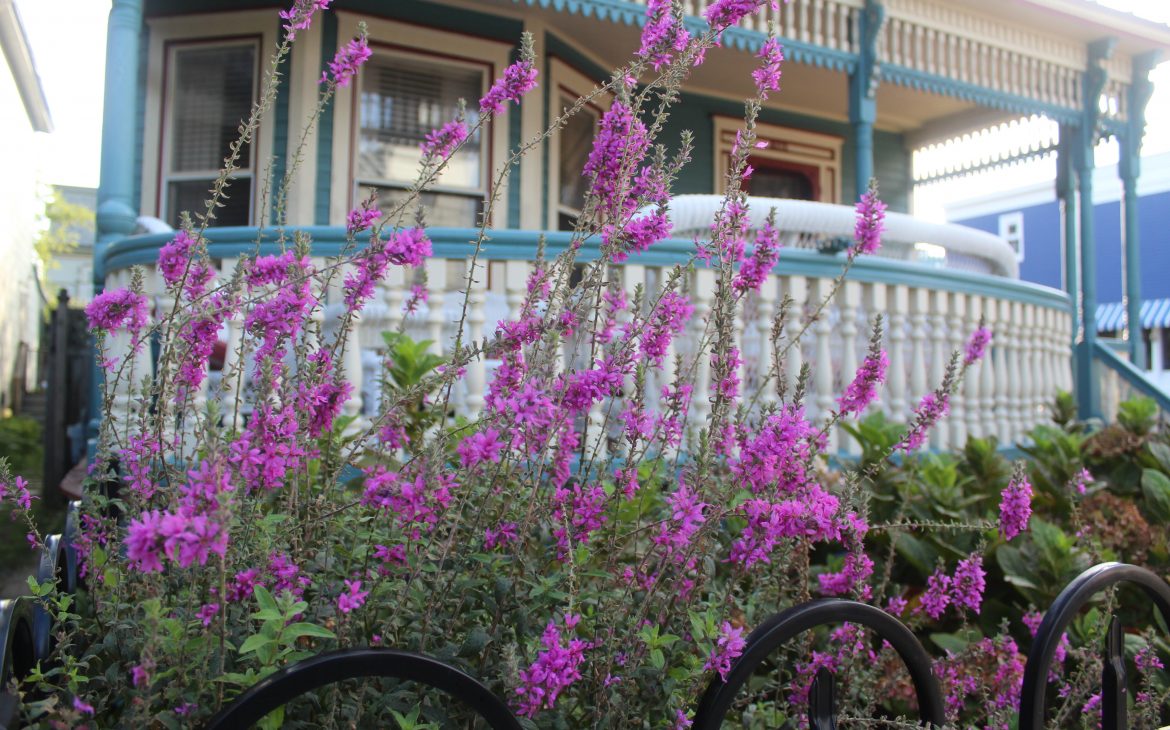
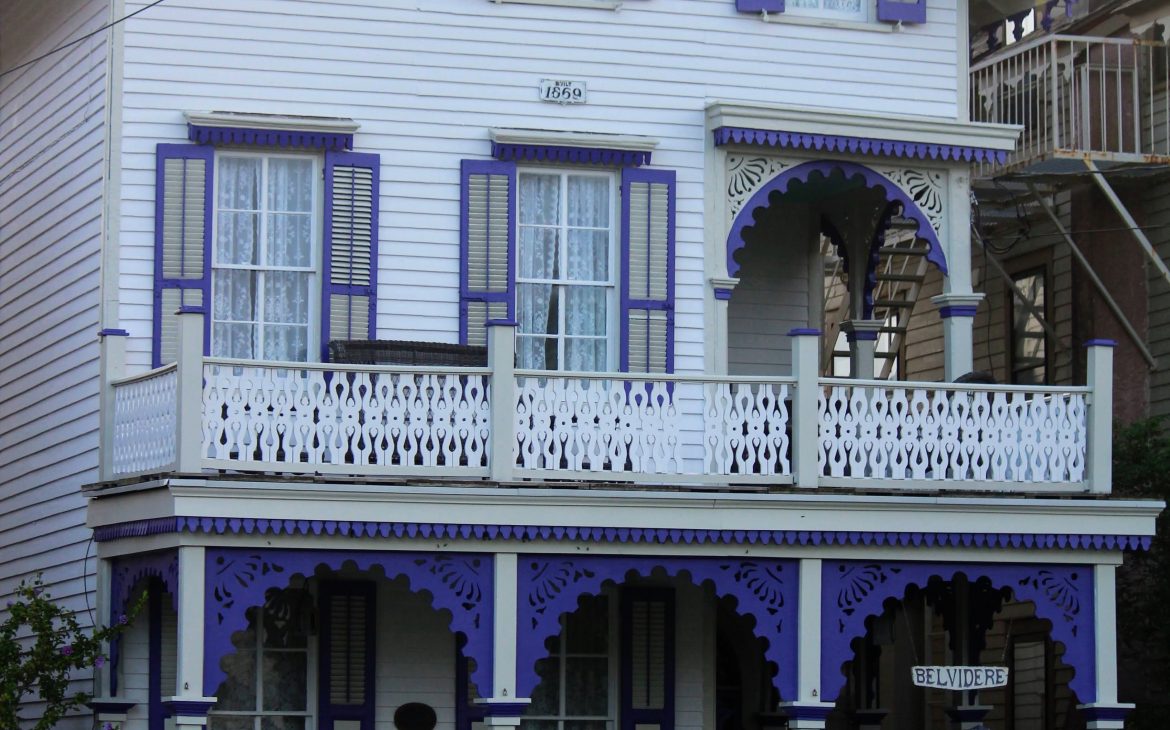
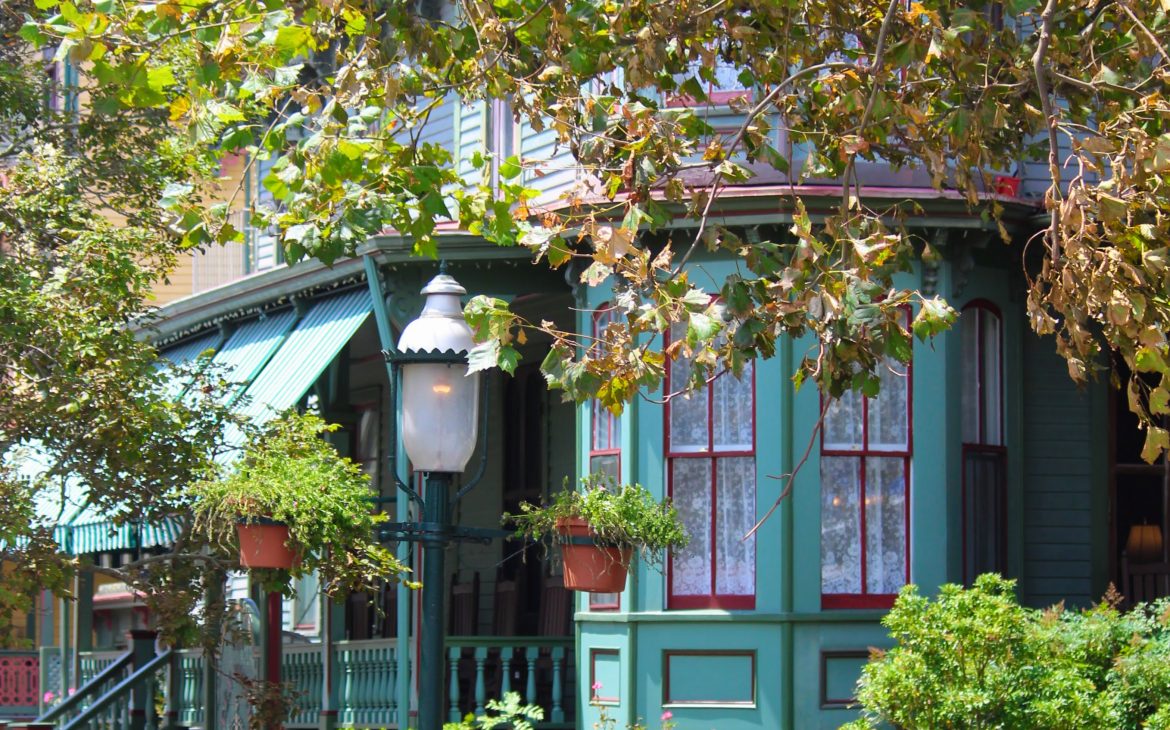
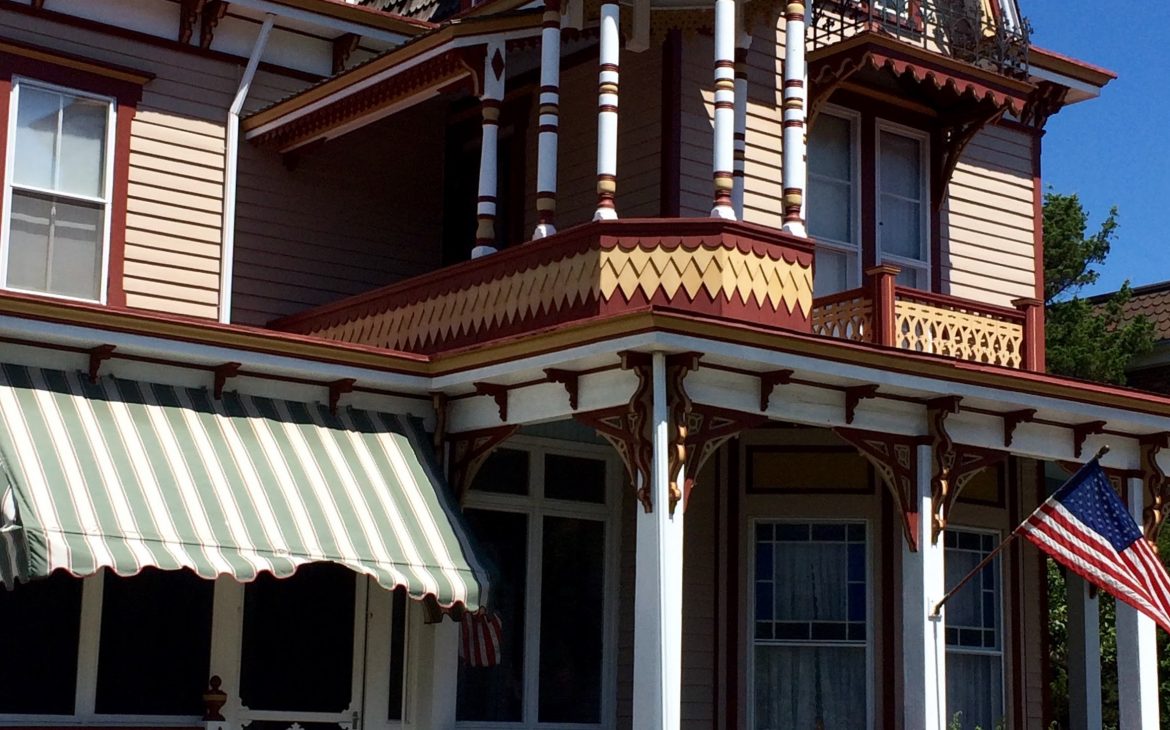
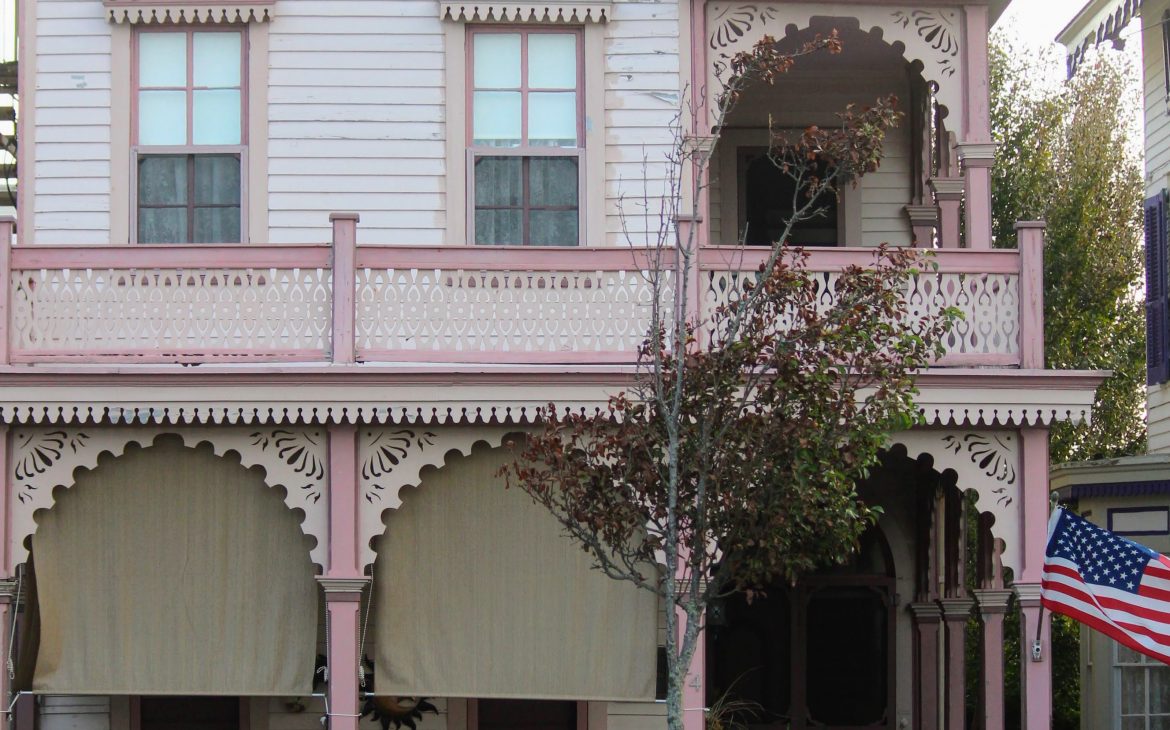
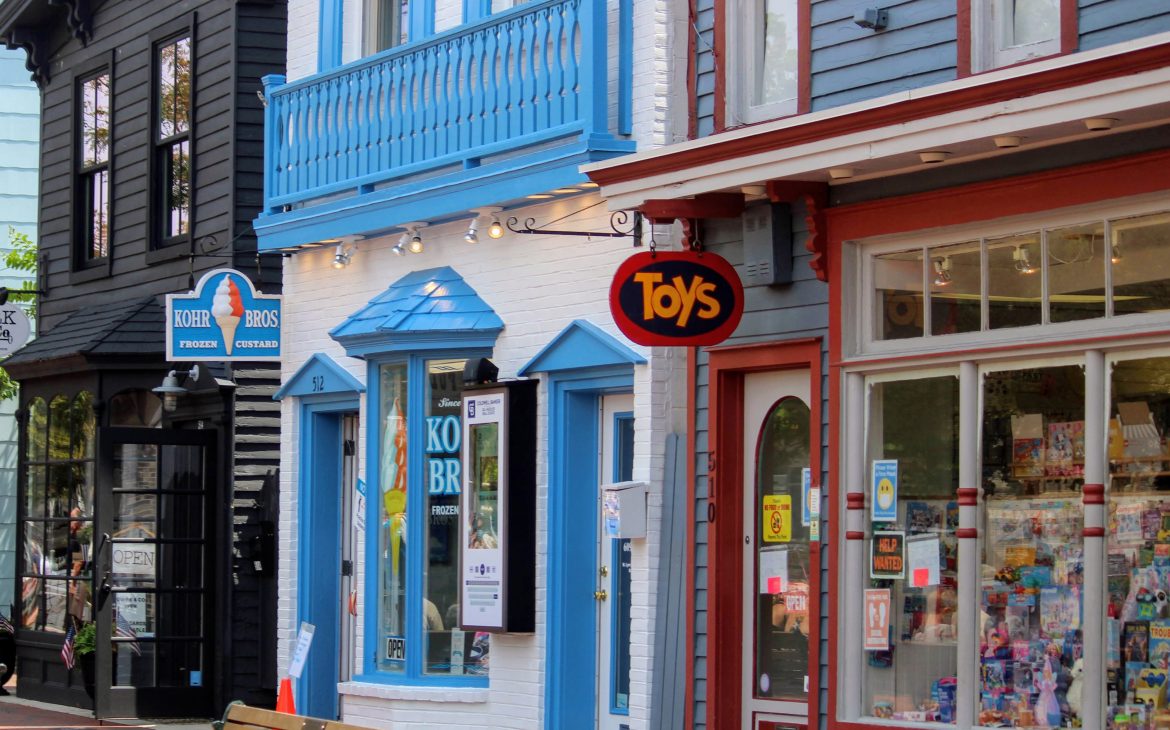
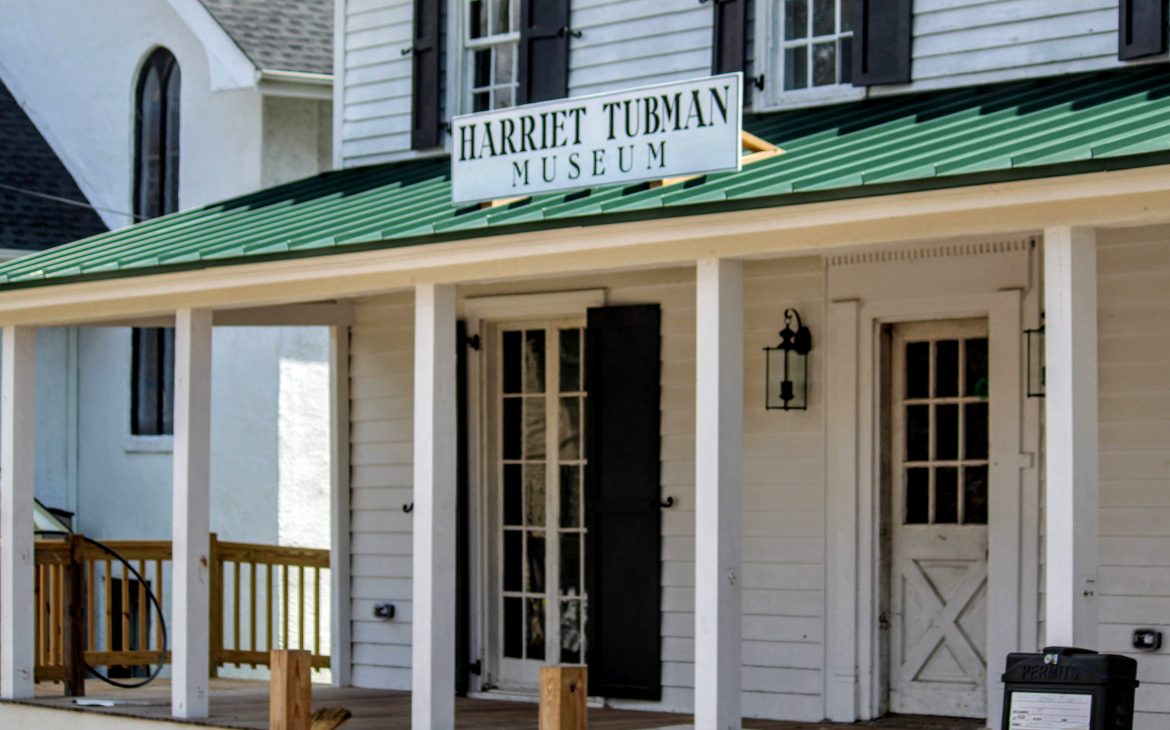
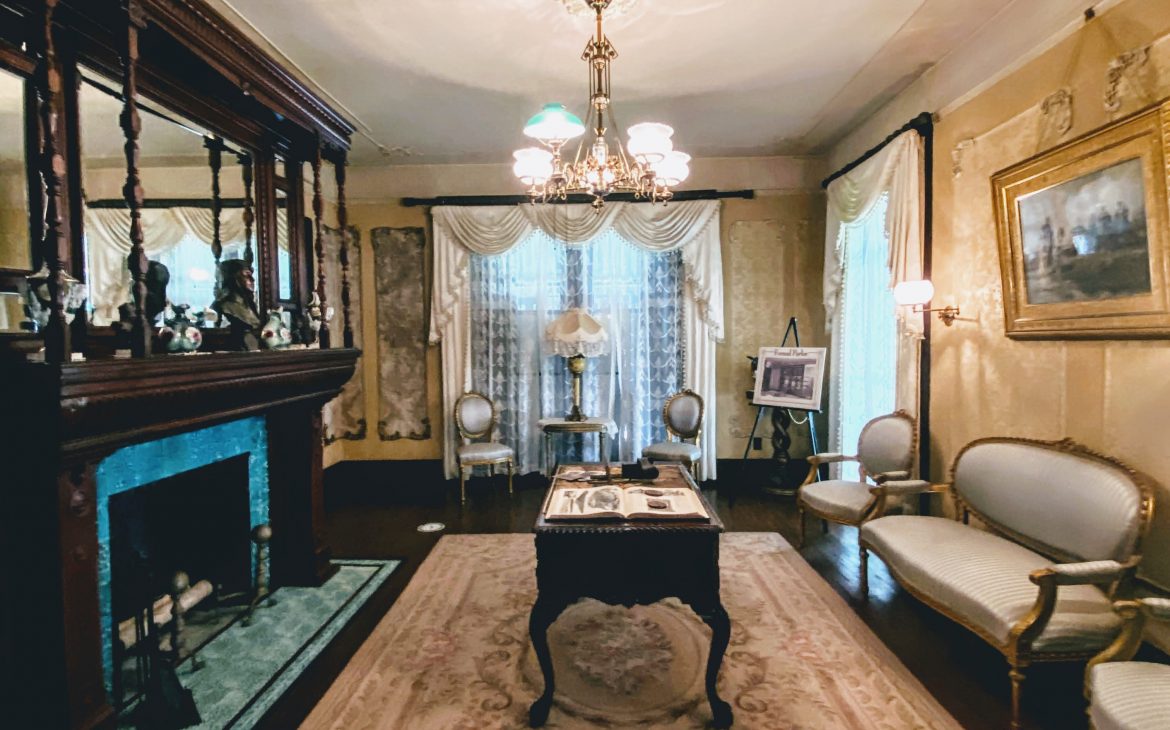
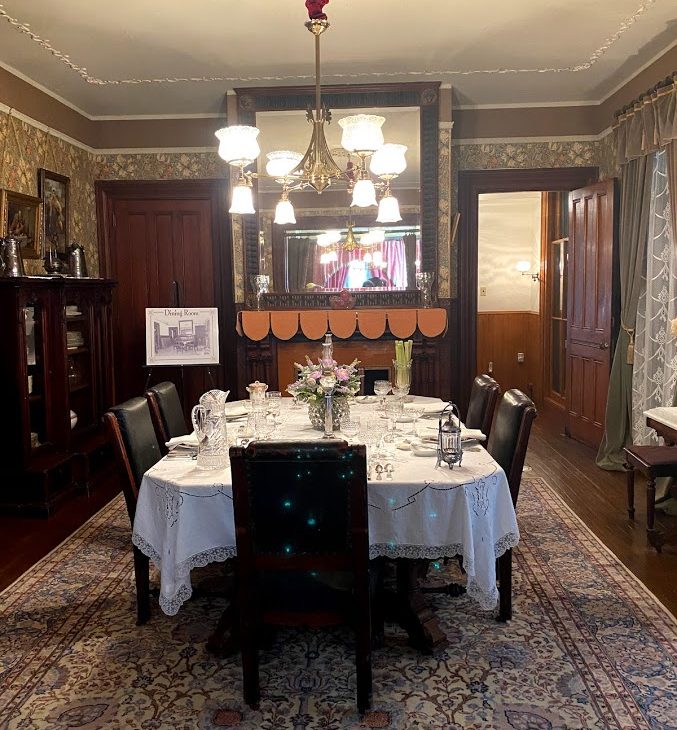
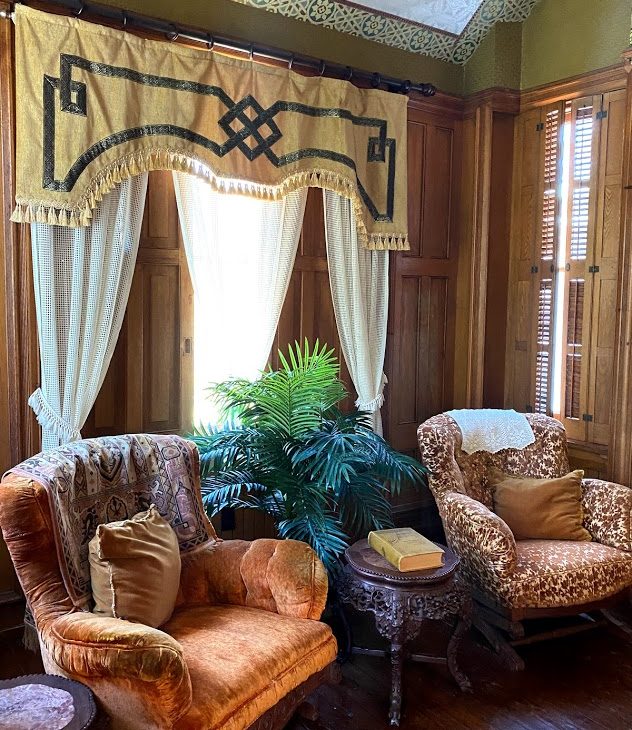
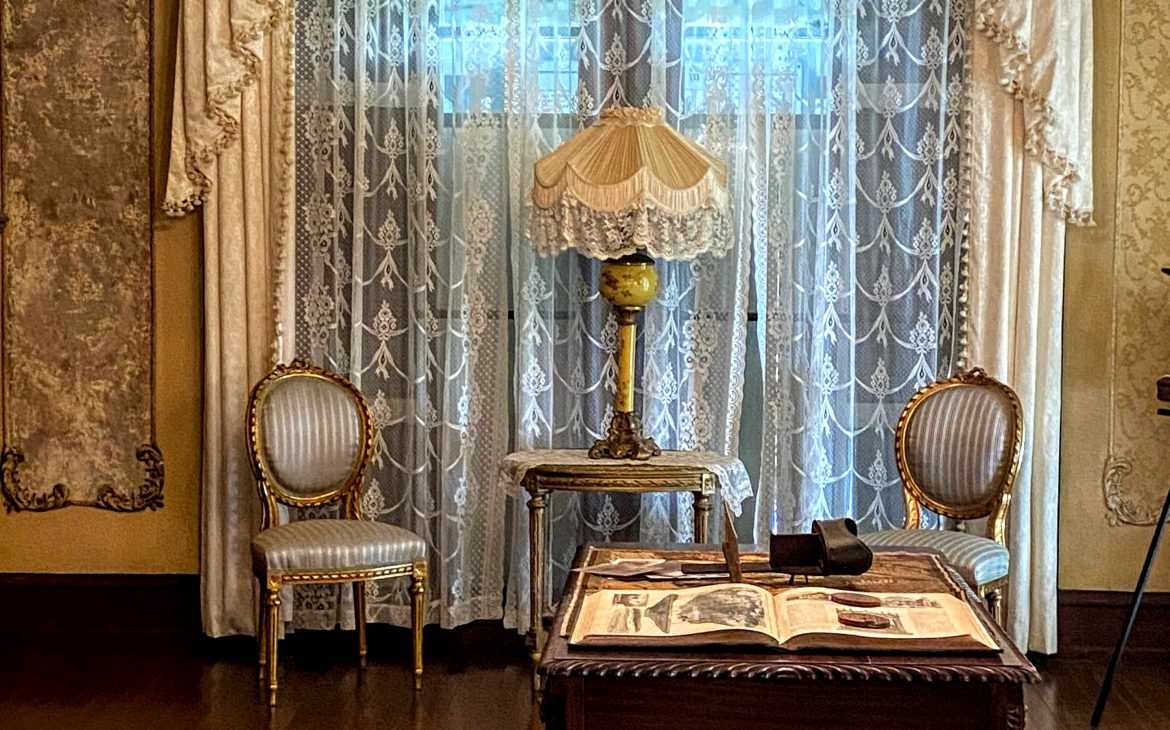
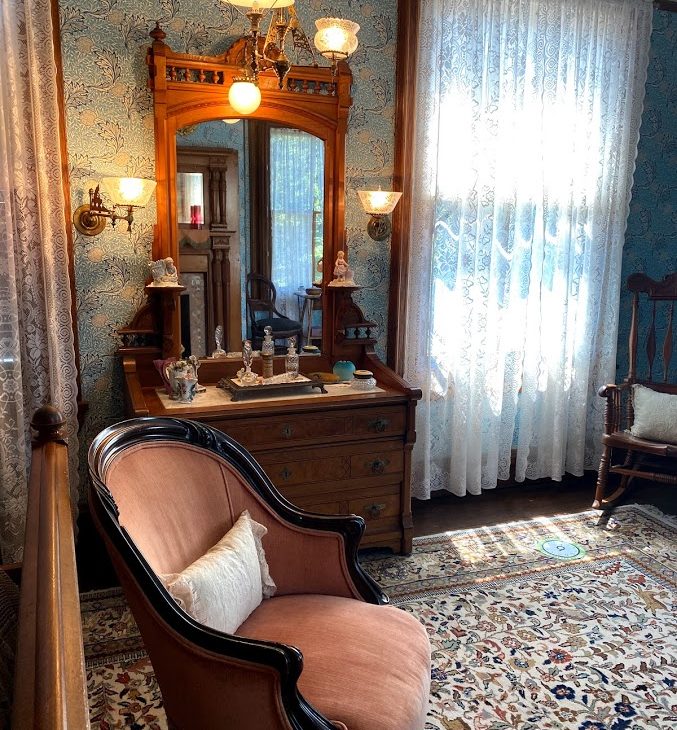
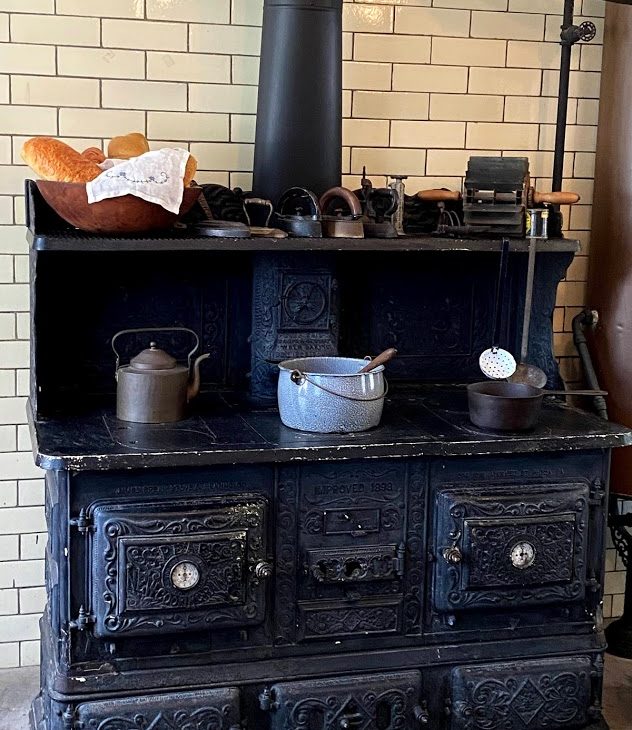
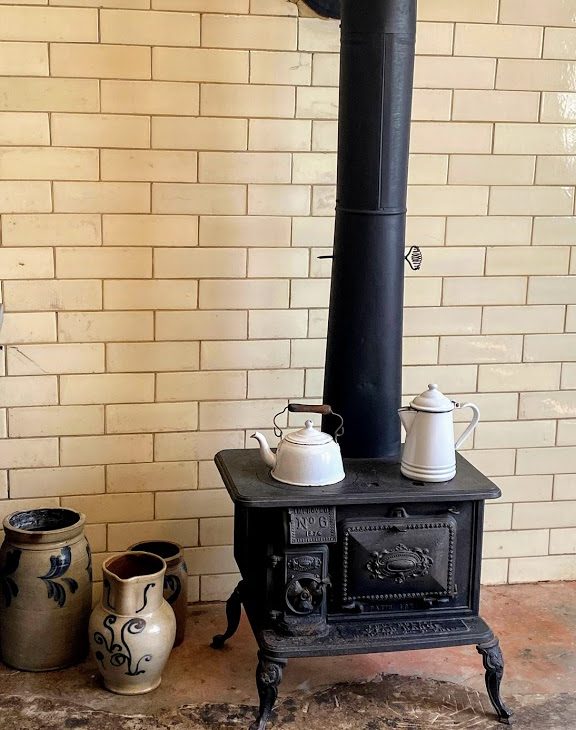
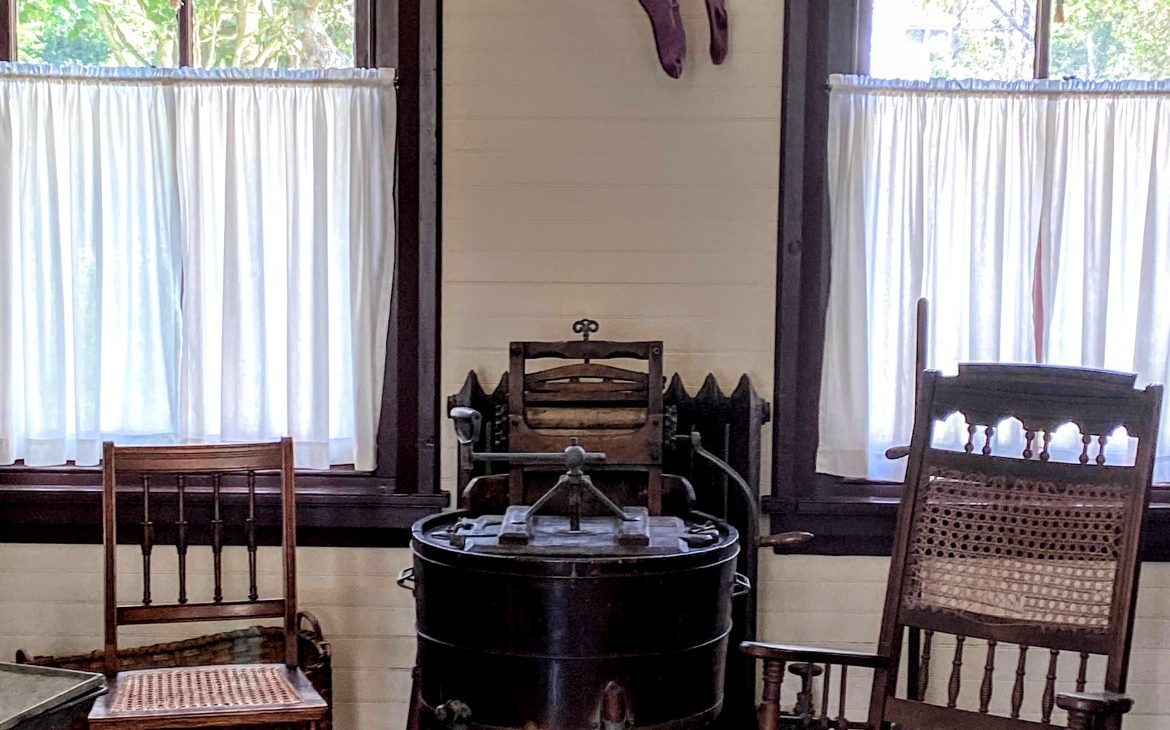
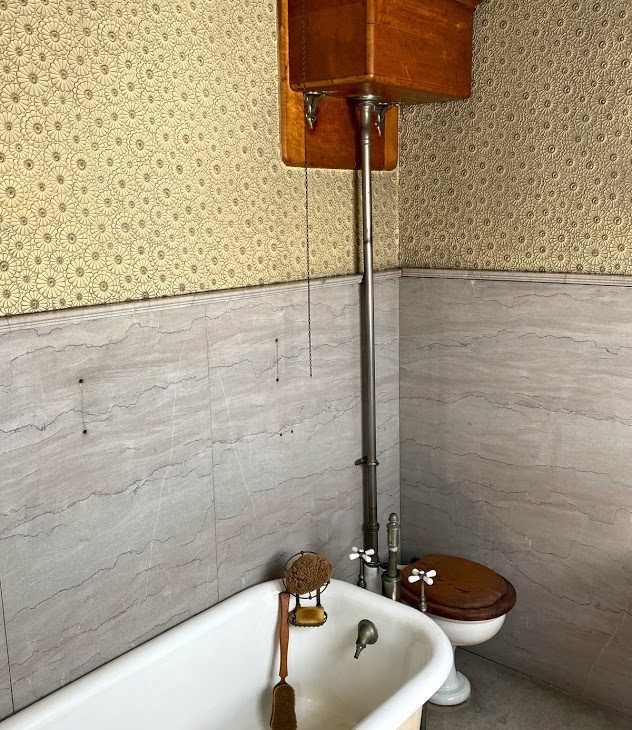
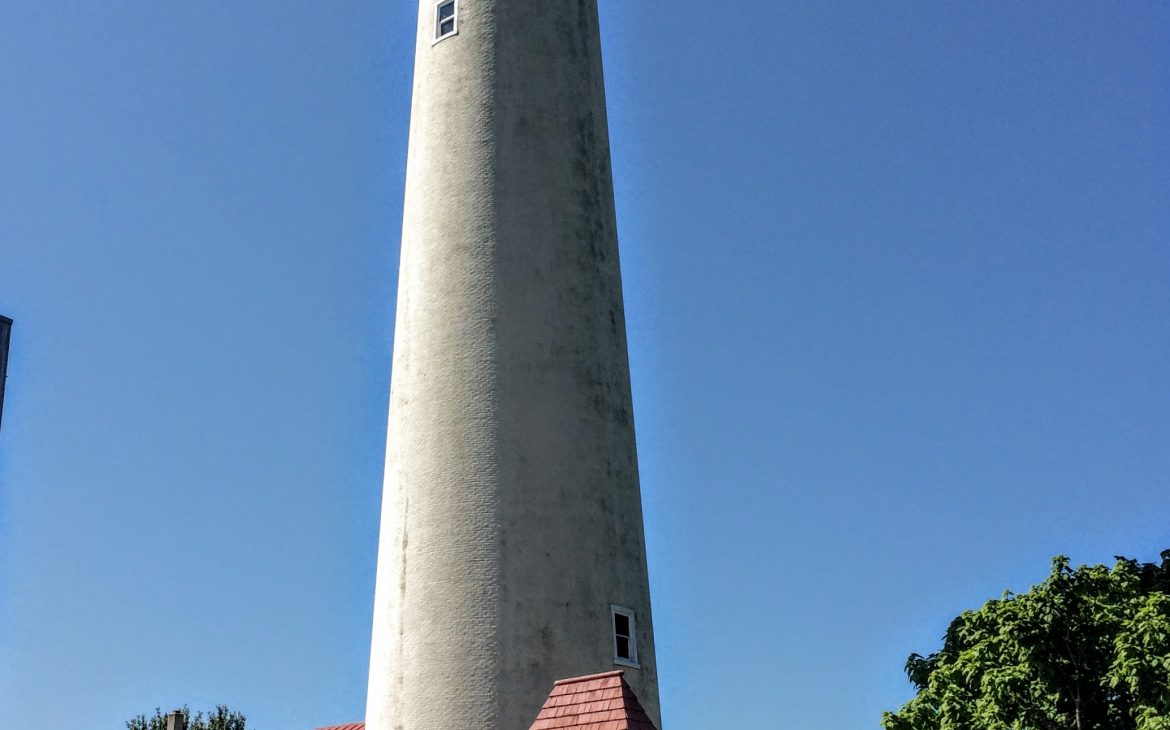
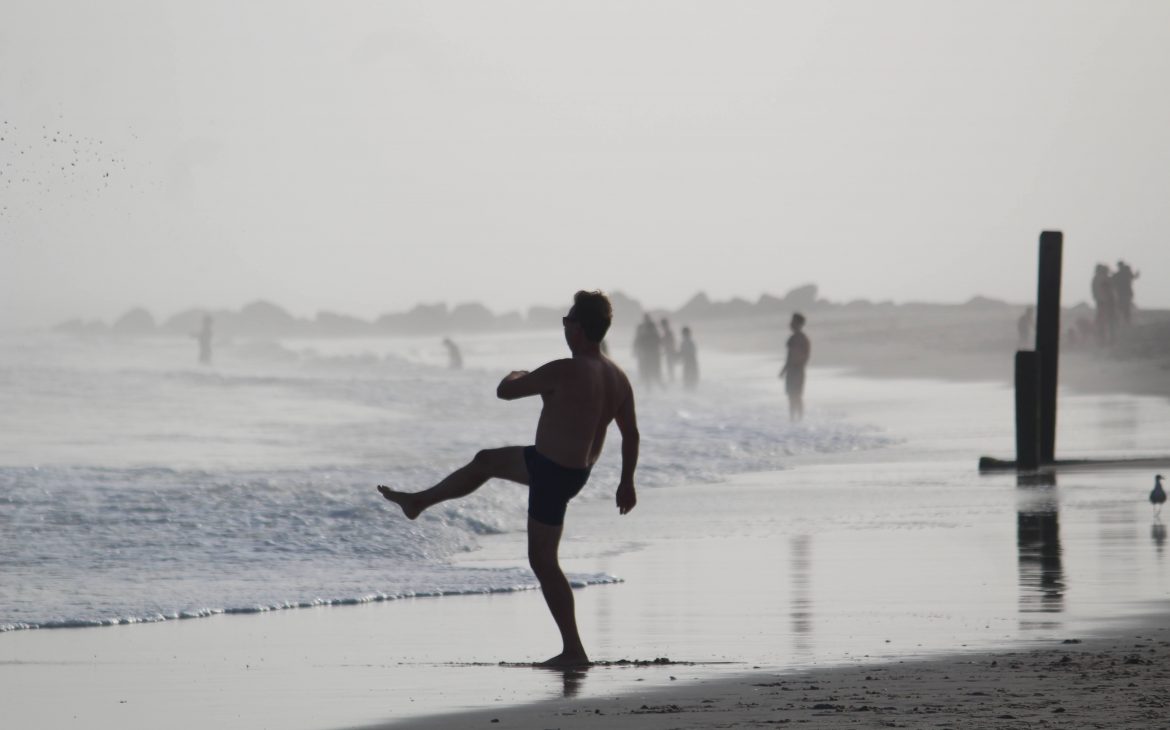

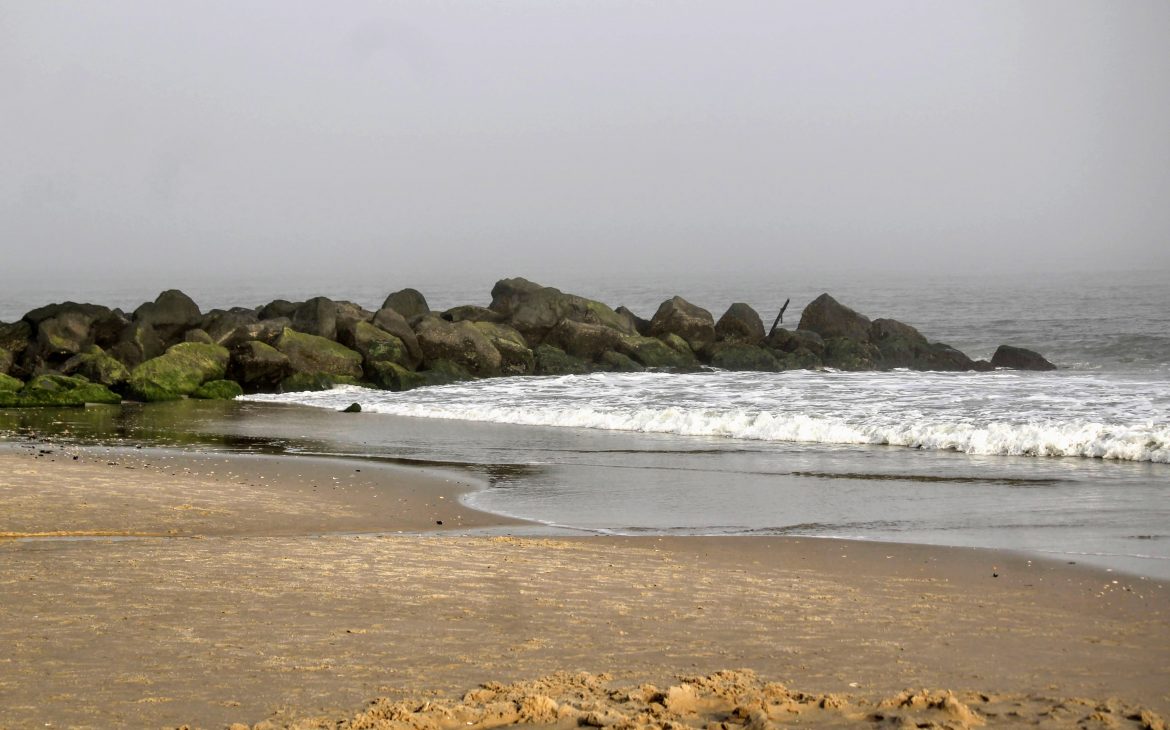
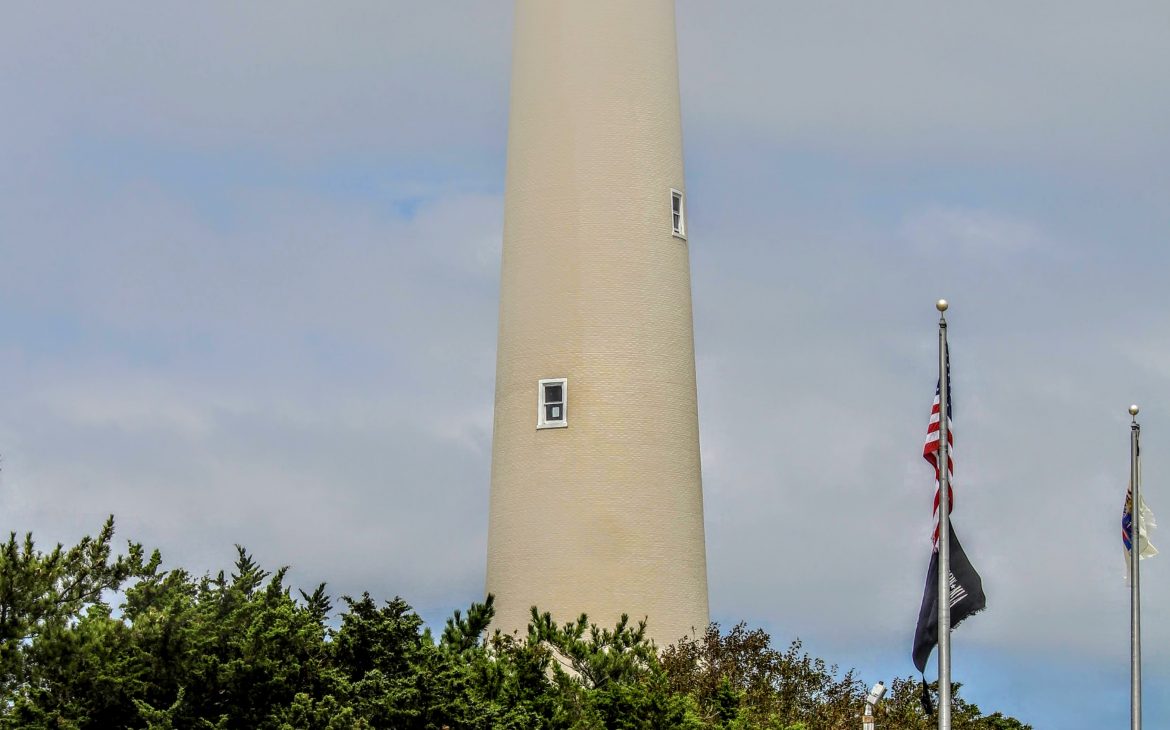
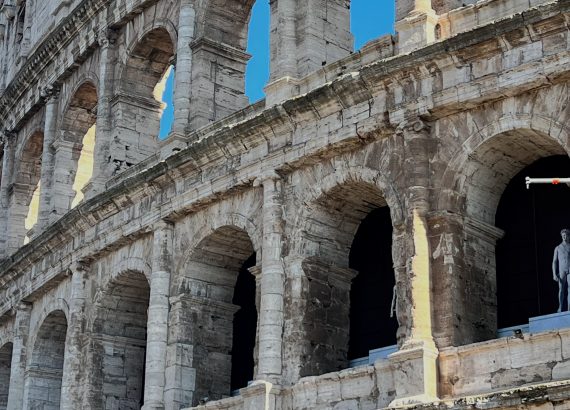

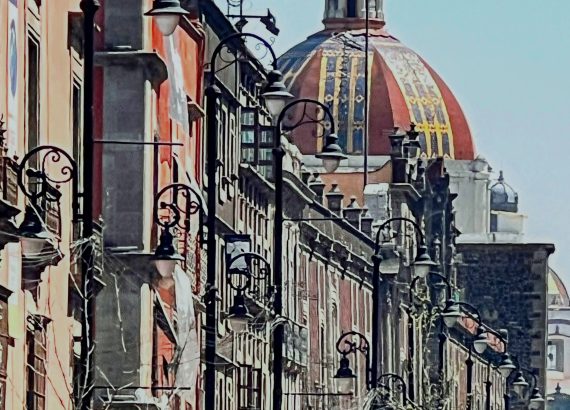

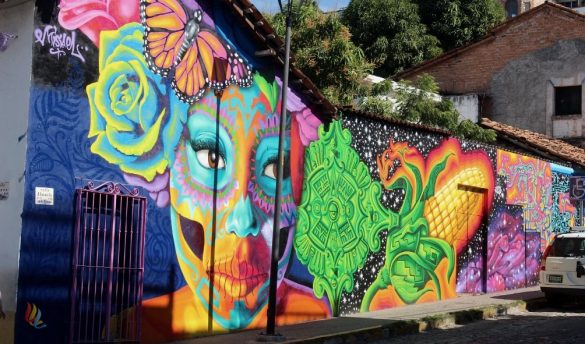
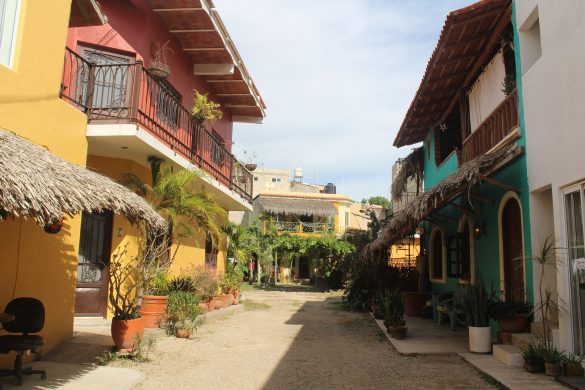
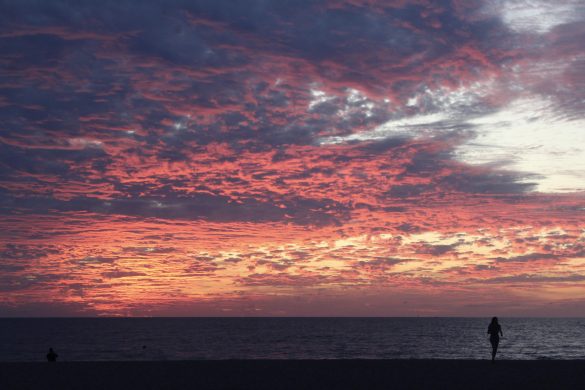



Roseann
Normally I don’t learn post on blogs, but I wish to say that this
write-up very pressured me to try and do it!
Your writing taste has been surprised me. Thanks, very great article.
Here is my web-site :: cheap flights
Olga
Greetings from Carolina! I’m bored to death at work so I decided to browse your
blog on my iphone during lunch break. I enjoy the knowledge you provide here and can’t wait to take a look when I get home.
I’m surprised at how quick your blog loaded on my mobile ..
I’m not even using WIFI, just 3G .. Anyhow, awesome site!
Feel free to visit my web page cheap flights
Latasha
Yes! Finally something about cheap flights.
Gale
Hi, I do believe this is a great site. I stumbledupon it 😉 I may revisit yet again since i have book marked it.
Money and freedom is the greatest way to change, may you be rich
and continue to guide others.
Review my webpage – cheap flights (tinyurl.com)
Tyree
I do not know whether it’s just me or if perhaps everybody else encountering problems with
your blog. It appears like some of the written text in your content are running
off the screen. Can somebody else please comment and let me
know if this is happening to them too? This may be a issue with my web browser because I’ve had this happen before.
Thanks
Also visit my webpage :: cheap flights
Cory
It’s a pity you don’t have a donate button! I’d certainly donate to this fantastic blog!
I guess for now i’ll settle for bookmarking and
adding your RSS feed to my Google account. I look forward to brand new updates
and will share this blog with my Facebook group. Talk soon!
My blog – cheap flights (http://tinyurl.com/y3pnt4wg)
Refugio
I really love your site.. Excellent colors & theme. Did you develop
this website yourself? Please reply back as
I’m looking to create my very own site and would like to find out where you got this from or exactly what
the theme is named. Thanks!
Also visit my site :: cheap flights (http://tinyurl.com/)
austin roll off dumpster rentals
One should go invited to a friend in good fortune and uninvited in misfortune.
https://google.bg/url?q=https://sites.google.com/view/dumpsterrentalaustin2021/home
cannabis news
One cannot count on riches. Somalia
http://www.google.com.ec/url?q=https://highyields.com/new-guidance-on-waste-disposal-for-hemp-producers/
Candice
Thanks for sharing your thoughts about web hosting.
Regards
Ellie
Hi there! I just wanted to ask if you ever have any issues with hackers?
My last blog (wordpress) was hacked and I ended up losing many months of
hard work due to no back up. Do you have any methods to protect against hackers?
Here is my webpage :: gamefly (http://tinyurl.com)
Williams
magnificent issues altogether, you simply gained a new reader.
What may you suggest about your post that you just made a few
days in the past? Any positive? games ps4 185413490784 games ps4
Here is my website coconut oil
Verlene
of course like your website but you have to take a look at the spelling
on several of your posts. Several of them are rife with spelling issues
and I find it very bothersome to inform the truth however I will definitely come back again.
My web-site :: ps4 games
Santos
I’m not sure exactly why but this website is loading extremely slow for me.
Is anyone else having this issue or is it a problem on my end?
I’ll check back later and see if the problem still exists.
Also visit my web site: ps4 games
Milagros
I constantly emailed this website post page to all my friends,
since if like to read it then my contacts will too.
My page :: web hosting